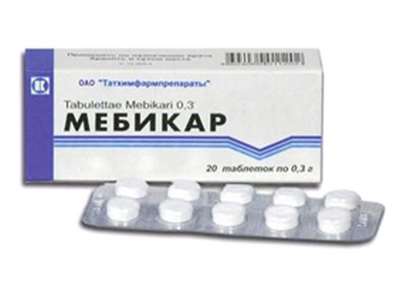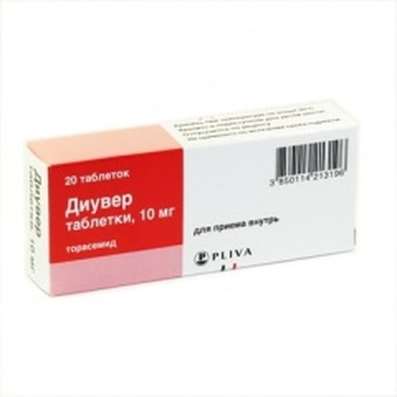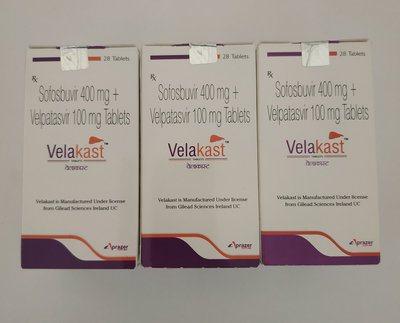Instruction for use: Beclometasone (Beclomethasonum)
I want this, give me price
Pharmacological group
Glucocorticosteroids
Nosological classification (ICD-10)
J30 Vasomotor and allergic rhinitis
Allergic rinopatiya, Allergic rhinosinusopathy, Allergic respiratory diseases, Allergic rhinitis, nasal allergy, Seasonal Allergic Rhinitis, Vasomotor rhinitis, Long-allergic rhinitis, Perennial allergic rhinitis, Perennial allergic rhinitis, Year-round or seasonal allergic rhinitis, Year-round allergic rhinitis nature, Rhinitis allergic vasomotor, Exacerbation of pollen allergy in the form of Syndrome rinokonyunktivalnogo, Acute allergic rhinitis, Edema of the nasal mucosa, Edema of the nasal mucosa, Swelling of the mucosa of the nasal cavity, Swelling of the nasal mucosa, Swelling of the nasal mucosa, pollen disease, Permanent allergic rhinitis, rhinoconjunctivitis, rhinosinusitis,rhinosinusopathy, Seasonal allergic rhinitis, Seasonal Allergic Rhinitis, Haymarket rhinitis, Chronic allergic rhinitis, Allergic respiratory diseases
J33 Polypus of the nose
Recurrent nasal polyposis
J45 Asthma
Asthma physical effort, status asthmaticus, Bronchial asthma, Asthma lung flow, Bronchial asthma with obstruction of sputum discharge, Bronchial asthma heavy currents, Bronchial asthma physical effort, hypersecretory asthma, Hormone-dependent form of bronchial asthma, Relief of asthma attacks in bronchial asthma, Non-allergic asthma, nocturnal asthma, Exacerbation of asthma, Asthma attacks, Endogenous forms of asthma, Night asthma, Cough with bronchial asthma
Code CAS4419-39-0
Characteristics of substance Beclomethasone
Beclomethasone dipropionate is a white or creamy white odorless powder, very slightly soluble in water; Highly soluble in chloroform, acetone and alcohol. Molecular weight 521.25.
Pharmacology
Pharmacological action - anti-inflammatory, anti-edematous, anti-allergic, anti-asthmatic.
Has a pronounced glucocorticoid and weak mineralocorticoid activity. With endobronchial injection inhibits the migration and activation of cells involved in the allergic inflammatory process (alveolar macrophages), thickens the basement membrane of the epithelium, reduces the secretion of mucus by goblet cells, reduces the number of mast cells in the mucous membrane of the bronchi, relaxes the smooth muscles of the bronchi, restores its sensitivity to adrenomimetics.
After intranasal use, it is quickly absorbed through the nasal mucosa. Part of the injected drug is swallowed. Absorption from the gastrointestinal tract is low. Most of the dose in the gastrointestinal tract is inactivated by the "first pass" through the liver.
Systemic absorption is possible with any form of administration (endobronchial, intranasal, inhalation through the mouth). The degree of binding to plasma proteins is 87%. It is hydrolyzed by the corresponding esterases in the liver, pulmonary and other tissues with the formation of beclomethasone 17-monopropionate and free beclomethasone, which have weak anti-inflammatory activity. The main pathway of excretion (regardless of the mode of administration) of both the unchanged drug and its polar metabolites is with feces, 12-15% is excreted in urine.
The therapeutic effect develops in 4-5 days from the beginning of treatment and reaches a maximum within several weeks.
Indications
Inhalation: bronchial asthma - as a basic therapy; With insufficient effectiveness of bronchodilators, cromoglycic acid and ketotifen; To reduce the dose of oral glucocorticoids.
Intranasal: allergic rhinitis (seasonal and year-round), vasomotor rhinitis, recurrent nasal polyposis.
Contraindications
Hypersensitivity, children's age (up to 6 years); For inhalation use: acute bronchospasm, asthmatic status (as a primary means), bronchitis of non-astatic nature; For intranasal use: hemorrhagic diathesis, frequent nasal bleeding, systemic infections (fungal, including candidiasis of the upper respiratory tract, bacterial including tuberculosis of the lungs), herpetic eye disease, acute respiratory infections.
Restrictions for use
For intranasal application: nasal septal ulcer, recent surgical interventions in the nasal cavity, recent nose trauma, amoebiasis, glaucoma, severe hepatic insufficiency, hypothyroidism, recent myocardial infarction.
pregnancy and lactation
Contraindicated in the first trimester of pregnancy. In the II and III trimesters it is possible if the expected effect of therapy exceeds the potential risk to the fetus.
The action category for fetus by FDA is C.
At the time of treatment should stop breastfeeding.
Beckomethasone
At inhalations: hoarseness of voice, sensation of perspiration in the throat, sneezing attacks, cough, paradoxical bronchospasm (it is stopped by the introduction of inhalation bronchodilators), eosinophilic pneumonia; Allergic reactions, candidiasis of the oral cavity and upper respiratory tract (with long-term use and / or when used in high doses - more than 400 mcg / day), performed with local antifungal therapy without discontinuing treatment
With long-term use in doses of more than 1.5 mg / day - systemic side effects (including adrenal insufficiency).
With intranasal application: pain in the nasal cavity and throat, dryness and irritation of the mucous membrane of the nasal cavity and upper respiratory tract, sneezing, coughing; Infections of the nasopharynx caused by fungal flora, rhinorrhea, epistaxis, ulceration of the mucous membrane of the nasal cavity, perforation of the nasal septum; Rarely - mucosal atrophy.
With prolonged use in doses of more than 1500 μg / day may develop systemic side effects (including adrenal insufficiency).
System Effects
From the nervous system and sensory organs: headache, dizziness, drowsiness, pain in the eyes, visual impairment, congestion hyperemia, increased intraocular pressure, decreased taste sensations, unpleasant taste in the mouth.
Allergic reactions: skin rash, hives, bronchospasm, angioedema.
Other: myalgia, possible growth retardation in children (with prolonged use).
Interaction
Enhances the effect of beta-adrenomimetics. Beta-adrenomimetiki increase the anti-inflammatory properties of beclomethasone (increase its penetration into the distal parts of the bronchi).
Ephedrine accelerates the metabolism of beclomethasone. Inducers of microsomal oxidation enzymes (including phenobarbital, phenytoin, rifampicin) reduce the effectiveness of betamethasone. Methandienone, estrogens, beta2-adrenomimetics, theophylline, glucocorticoids for oral administration enhance the effect of beclomethasone.
Overdose
It shows symptoms of hypothalamic-pituitary-adrenal insufficiency. A temporary transfer to the system glucocorticoids, the appointment of ACTH is indicated.
Routes of administration
Inhalational, intranasal.
Precautions
Do not use to stop an acute asthmatic attack. If an acute asthma attack develops in response to beclomethasone, it should be immediately withdrawn. If signs of hypothalamic-pituitary-adrenal insufficiency should continue inhalation, but it is necessary to monitor the level of basal cortisol in the blood plasma (the function of the hypothalamic-pituitary-adrenal system usually normalizes after 1-2 days). The same control is needed when using high doses of beclomethasone (1500 μg or more). Avoid contact with the eyes. With moderate and severe bronchoobstructive syndrome, it is recommended to use bronchodilators 15-20 minutes prior to inhalation.
The effectiveness of treatment of allergic rhinitis, accompanied by abundant mucous discharge and pronounced edema of the nasal passages, increases with the simultaneous use of vasoconstrictors. To reduce the likelihood of oropharyngeal candidiasis, it is recommended to inhale before eating and after each inhalation rinse your mouth.
With steroid-dependent asthma, high doses (more than 1000 μg per day) should be used. Transfer of patients with bronchial asthma from systemic glucocorticoids to inhalation forms of beclomethasone dipropionate should be carried out gradually: one-stage cancellation or too rapid reduction of dose is unacceptable.

 Cart
Cart





